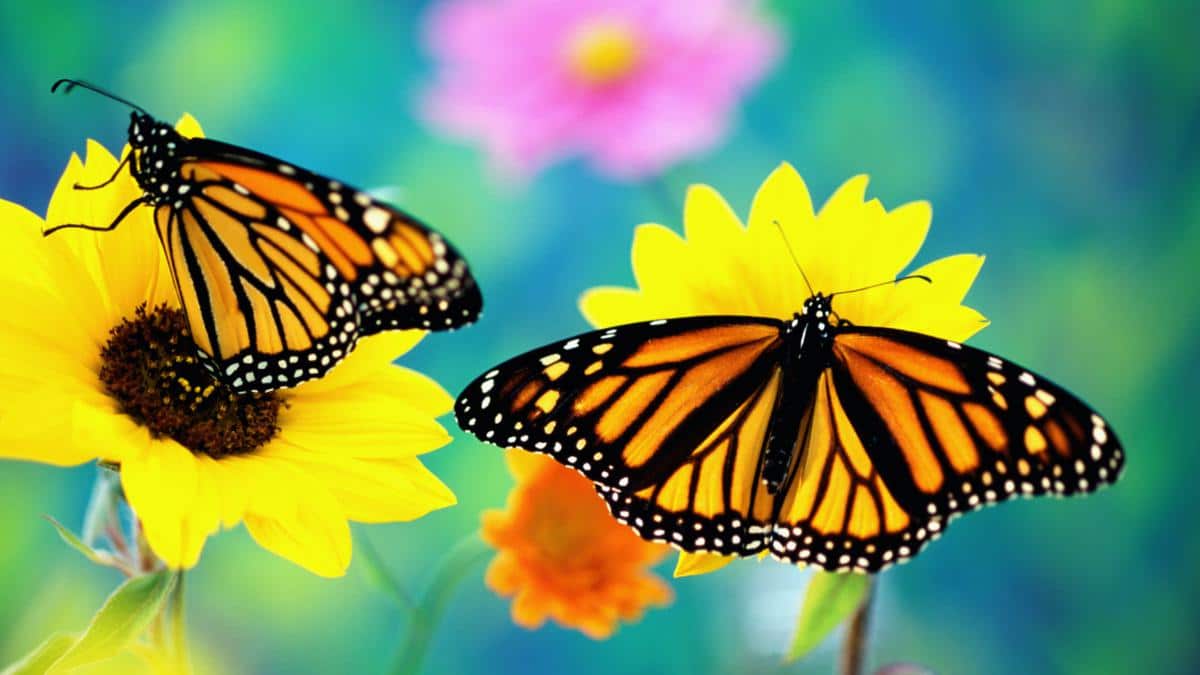
Trump Admin Delays Protecting Threatened Monarch Butterflies Until 2023

The Trump administration cites 161 vulnerable species that are already waiting in line ahead of monarch butterflies. Steve Satushek / Getty Images
The Trump administration said Tuesday that federal protection for monarch butterflies under the Endangered Species Act is still a few years away. The reason? The administration cited 161 vulnerable species that are already waiting in line ahead of monarchs.
Monarchs will likely have to wait until 2023 to be added by the U.S. Fish and Wildlife Service, Reuters reported. The federal agency oversees listing endangered species.
“Protection for monarchs is needed — and warranted — now,” said George Kimbrell, legal director at the Center for Food Safety, Reuters reported.
Monarch butterfly populations have exponentially decreased in the past decade, mostly due to habitat loss, pesticide use and climate change. For example, North America’s Eastern monarch butterflies traditionally migrate up to 3,000 miles every year from the eastern U.S. to Mexico to spend the winter, but migration numbers are falling.
Overall, the Western monarch population declined by more than 97 percent to fewer than 30,000 between 1997 and 2019, Reuters reported, while the Eastern U.S. population declined 84 percent during the same period.
“We conducted an intensive, thorough review using a rigorous, transparent science-based process and found that the monarch meets listing criteria under the Endangered Species Act,” U.S. Fish and Wildlife Service Director Aurelia Skipwith told CBS News. “However, before we can propose listing, we must focus resources on our higher-priority listing actions.”
Monarch butterflies may not have the time to wait.
“Forty-seven species have gone extinct waiting for their protection to be finalized,” Tierra Curry, a senior scientist at the Center for Biological Diversity, told CBS News. “This decision continues the delay in implementing a national recovery plan which monarchs desperately need.”
A decline in milkweed plants partly explains the falling monarch numbers. Monarch caterpillars only eat milkweed, but the plants are being killed off thanks to farmers spraying Roundup, a common herbicide, on their crops, The New York Times reported. Milkweed generally grows in between crops and cannot survive Roundup. It doesn’t help that affected farmland is also prime monarch breeding ground.
In the meantime, there are numerous environmental groups and citizen efforts working to protect the species, including farmers paid by the federal government to maintain pollinator habitats. As adults, monarch butterflies pollinate many types of wild flowers. However, monarchs will have to wait for federal protection before herbicide use is regulated in their habitats. This is key to saving monarchs from extinction.
“One, we restore a lot of habitat,” Chip Taylor, founder and director of Monarch Watch, told the New York Times.
“And two, we try to convince our fellow citizens and particularly our politicians that we have to do something about greenhouse gases.”
- Monarch Butterflies Will Be Protected Under Historic Deal - EcoWatch
- Monarch Butterfly Populations Are Plummeting - EcoWatch
- Farmers Key to Bringing Monarch Butterflies Back From the Brink of ...
- New Clues Help Monarch Butterfly Conservation Efforts

 233k
233k  41k
41k  Subscribe
Subscribe 